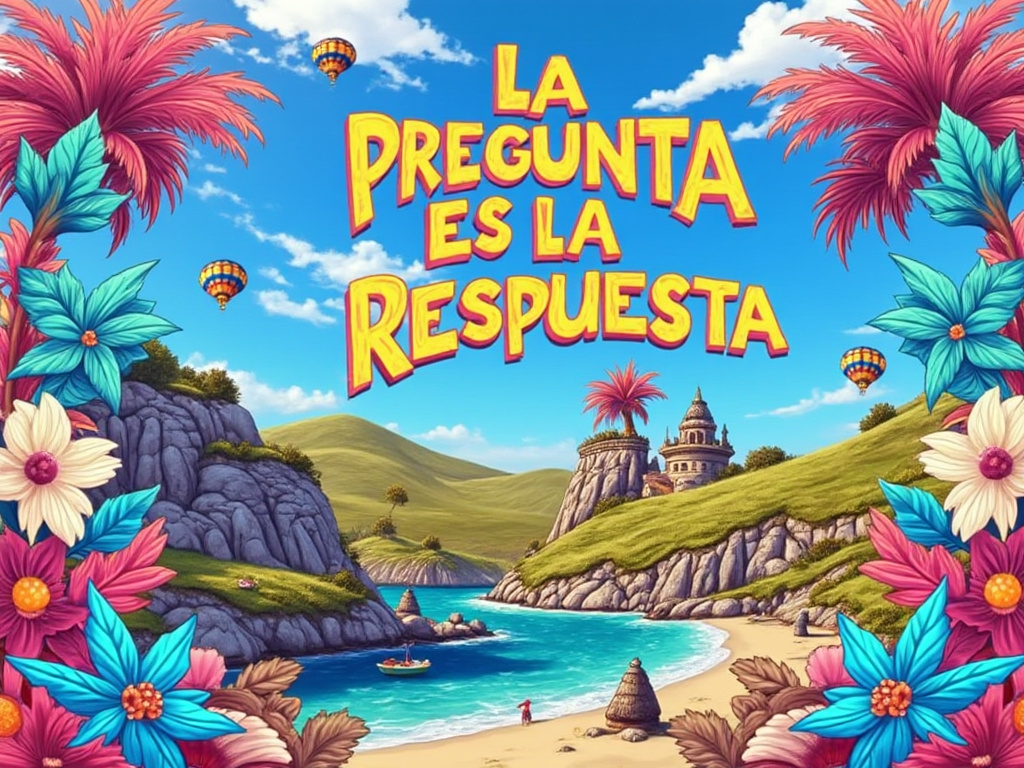The Unseen Champion: Celebrating the Art of Playing the Game of Life
In a world where every moment is a race against time, where achievements are measured by scores and stats, there lived a player, not of the common mold. This player, whom we’ll call “The Maestro,” wasn’t in it for the glory of the leaderboard or the adrenaline of the final buzzer. No, The Maestro’s philosophy was as simple as it was profound: the true essence of the game lay not in winning, but in the act of playing itself.
The Tale Unfolds:
In a city where neon lights never slept, where every street corner buzzed with the latest in virtual reality escapades, The Maestro found a quaint, almost archaic, arcade. This place, hidden between a futuristic coffee shop and a neon-lit noodle bar, was like stepping back in time. Here, amidst the hum of old-school machines, The Maestro discovered a game, not of the digital age but of craftsmanship, where the controller was wooden, the screen a canvas, and the gameplay, a dance.
The Game of Life:
This game, unnamed, was unlike any other. Each session was unique, not dictated by algorithms but by the whims of the player. The rules? There were none, or rather, they were as fluid as the player’s imagination. The Maestro would enter into this world, not to conquer, but to explore, to feel, to exist within the frame of play.
Moments of Zen:
- The Opening Move: The Maestro’s first touch was always a gentle one, like the first note in a symphony. The game responded with colors, shapes, and sounds that harmonized with the player’s heartbeat.
- The Dance of Play: Each session was a dance, where The Maestro would twirl through challenges, not to overcome them but to engage, to experience the flow. The game was a partner, sometimes leading, sometimes following, always in sync.
- Audience of One: Spectators would often gather, perplexed by the lack of competitive edge. They watched, not a player striving for victory, but an artist painting with movements, crafting a masterpiece of joy in every play.
- The Afterglow: After each session, The Maestro would step back, not with a score in mind, but with a smile, content with the journey taken. The game, in return, seemed to glow, as if grateful for the pure interaction.
The Maestro reflected on a deeper truth about life’s games – not all are meant to be won. Some are to be lived, to remind us of the joy in participation, the beauty in the process, and the connections made along the way. This story isn’t just about a game; it’s a metaphor for life, where the true victory lies not in the end but in every moment we choose to play.






